Description
Description: Chinese porcelain dish of kraak type, decorated with only at the bottom with a lotus motif framed by a fish’ scale pattern. The undecorated cavetto and rim are placing this dish in the category one of kraak borders (Rinaldi, “Kraak Porcelain – A moment in the History of trade”, pag. 73), although the rim and cavetto are plain, not molded as the majority of these dishes.
Dating: 16th century, 1575 – 1600, Ming dynasty.
Size: 20.4 cm diameter
Provenance: Antiquarian market
References:
Notes: From Wikipedia: “Kraak ware or Kraak porcelain (Dutch Kraakporselein) is a type of Chinese export porcelain produced mainly in the late Ming Dynasty, in the Wanli reign (1573–1620), but also in the Tianqi (1620–1627) and the Chongzhen (1627–1644) reigns. It was among the first Chinese export wares to arrive in Europe in mass quantities, and was frequently featured in Dutch Golden Age paintings of still life subjects with foreign luxuries. The wares have “suffered from imprecise terminology”, sometimes being loosely used for many varieties of Chinese export blue and white pottery. Strictly defined, it “is distinguished by the arrangement of its ornament into panels; these usually radiate to a bracketed rim notorious for its liability to chip”. It is a sub-class of Jingdezhen ware, mostly made as “deep bowls and wide dishes”, decorated with motifs from nature, in a style not used on wares for the domestic Chinese market. The quality of the porcelain used to form Kraak ware is much disputed among scholars; some claim that it is surprisingly good, in certain cases indistinguishable from that produced on the domestic market; others imply that it is a dismal shadow of the truly fine ceramics China was capable of producing. Rinaldi comes to a more even-handed conclusion, noting that it “forms a middle category between much heavier wares, often coarse, and definitely finer wares with well levigated clay and smooth glaze that does not shrink on the rim… ” Thus looking at ceramic production in China at the time from a larger perspective, Kraak ware falls between the best examples and a typical provincial output, such as the contemporary Swatow ware, also made for export, but to South-East Asia and Japan.”
A personal note of the collector about the quality of kraak ware: “during my first years of collecting, before having directly handled any kraak dish, I confess that I was not particularly attracted by this type of ware. But I did read, at that time, a collector saying that “in order to be appreciated, kraak ware must be handled”. Truthful words! It is true that there are low quality kraak ware, but the good ones, as some in our collection, are really a pleasure to see and handle. The thin potting, the pure white porcelain, the quality of the blue, which can be very nice even when it is of pale type because of its purity, the light weight, the sense of fragility and the imperfections, everything is attractive and it is enough to say that kraak and late Ming ware has become one of the main goals in my collecting.”
A note about the Wikipedia definition reported above. It is not true that all kraak ware are “distinguished by the arrangement of its ornament into panels.” The present dish, categorized as type 1 by Maura Rinaldi, is an example. And it is absolutely not true that “the quality of kraak ware falls between the best examples and a typical provincial output, such as the contemporary Swatow ware”. The lower quality of kraak ware is much superior to any blue & white Swatow ware, which are immediately spotted as such by the coarse and rough paste, the rough and heavy potting, the blurred type of blue.
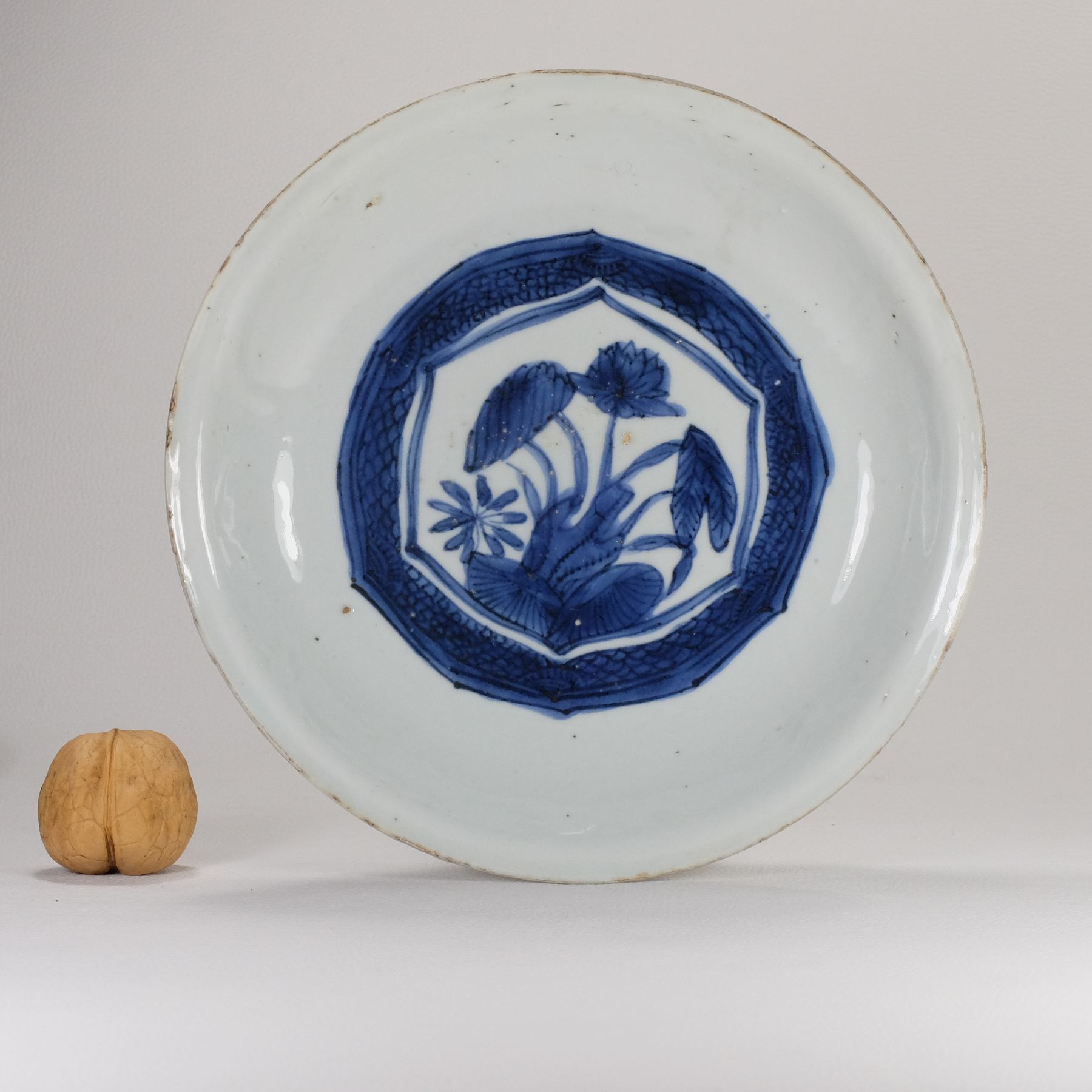
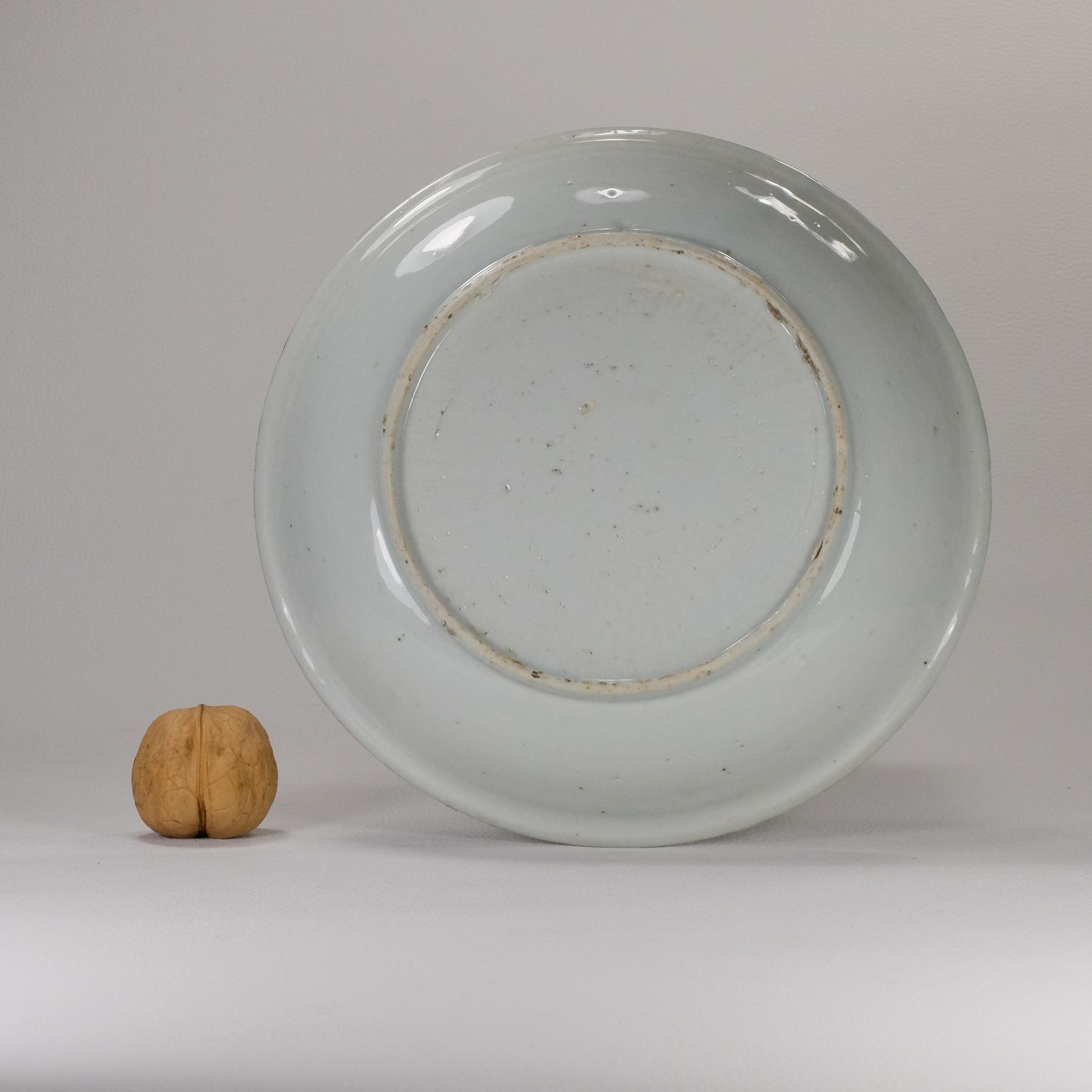
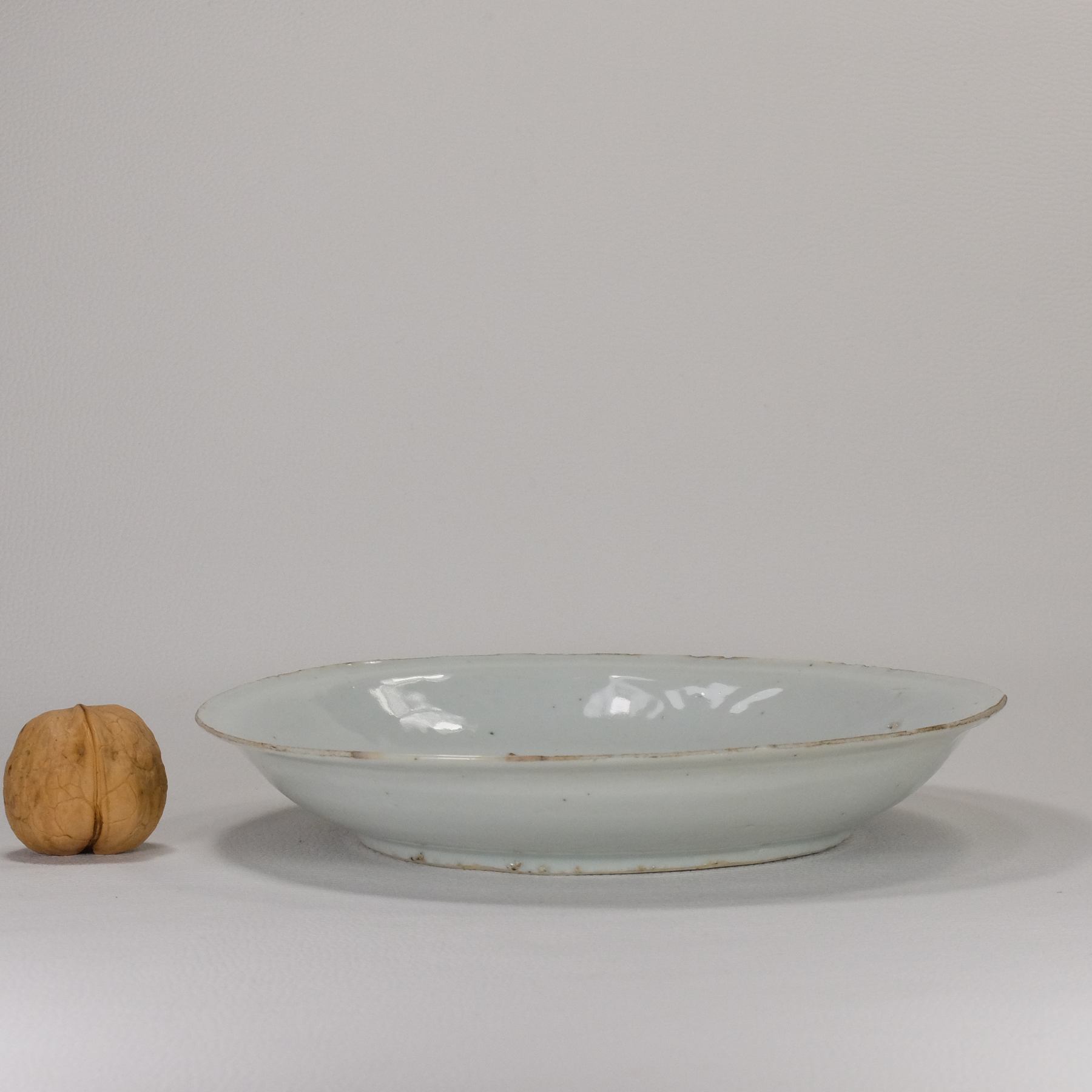
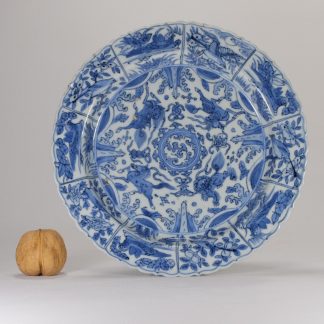
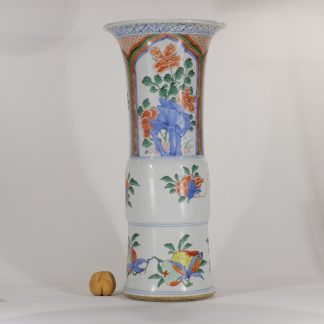
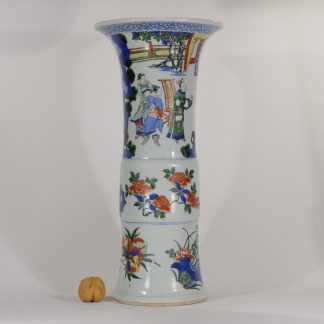
Reviews
There are no reviews yet.